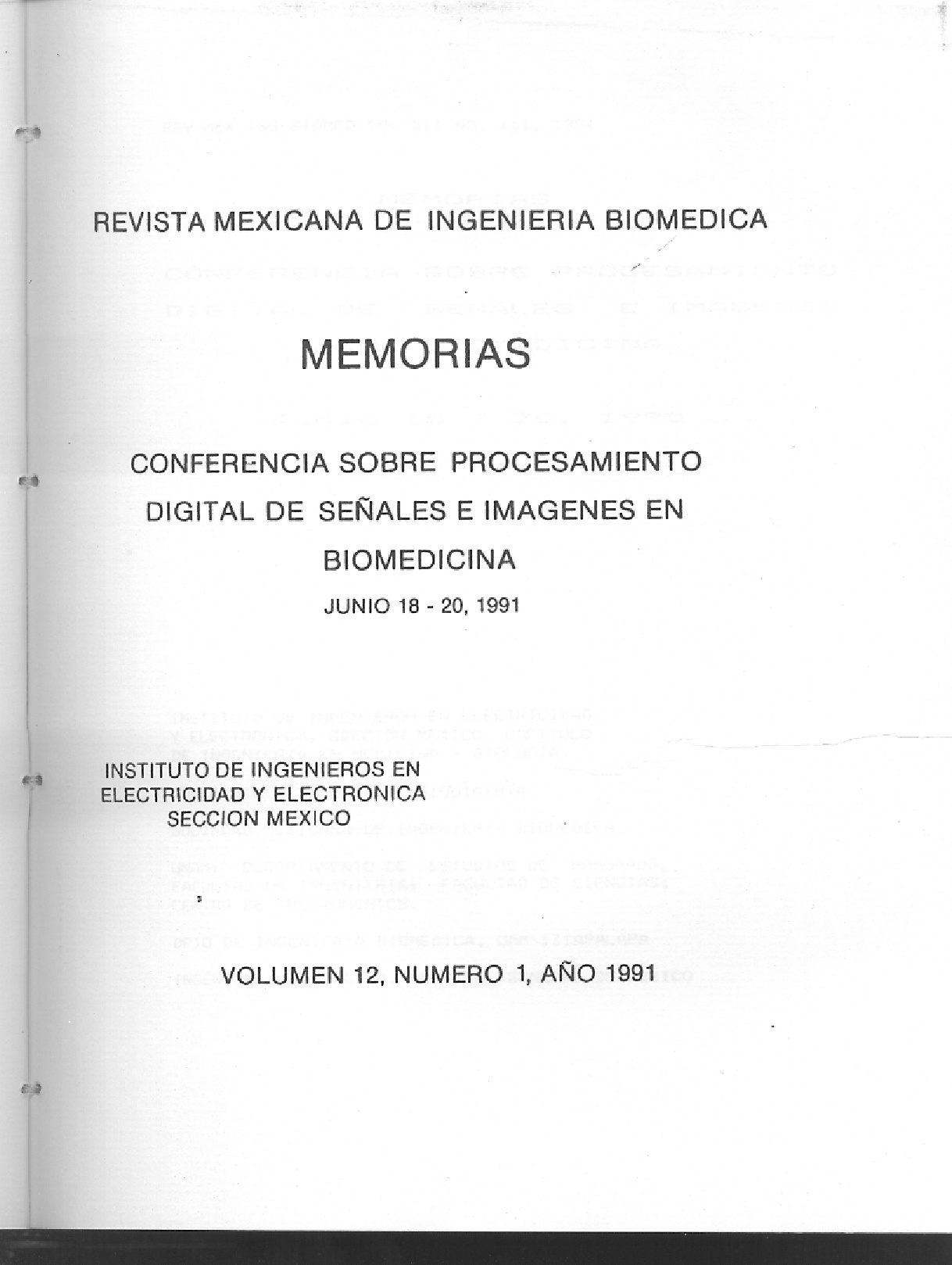The processing of images in Parkinson's disease
Abstract
A digital image processing system was developed, specifically designed for the interactive analysis of histological preparations, based on an innovative semi-automatic analysis methodology of preparations of macroscopic dimensions (6.4 x 6.4 cm).
This methodology allows to combine in real time the macroscopic information (for example the areas of interest) with the analysis at high amplification. The program generalizes these concepts to functions such as object counting, morphometry and optical density measurement (application in histo-autoradiography).
The system allows the edition of high resolution cartographic documents, the synthesis of parametric images and the creation of result files.
In this work, the evaluation of the system was carried out in a particular application: comparative study of different types of dopaminergic neurons of the normal and pathological human ventral mesencephalon (parkinson's disease). This study allowed us to quantify and localize the preferentially injured neurons in different neuro-anatomical regions in the parkinsonian subject. It was noted in the course of this study, that a new parameter would seem to be correlated with the death of these neurons: the orientation of neuronal bodies in substantia nigra.
This work was carried out in the company BIOCOM (Les Ulis, FRANCE) in close collaboration with unit 289 of INSERM (Institut de Santé et de Recherche Médicale, Paris, FRANCE).
Downloads
Downloads
Published
How to Cite
Issue
Section
License
Upon acceptance of an article in the RMIB, corresponding authors will be asked to fulfill and sign the copyright and the journal publishing agreement, which will allow the RMIB authorization to publish this document in any media without limitations and without any cost. Authors may reuse parts of the paper in other documents and reproduce part or all of it for their personal use as long as a bibliographic reference is made to the RMIB. However written permission of the Publisher is required for resale or distribution outside the corresponding author institution and for all other derivative works, including compilations and translations.




